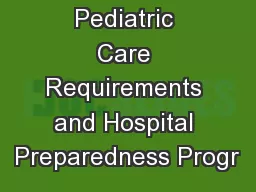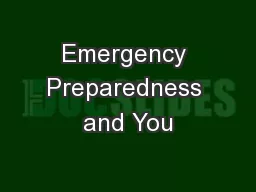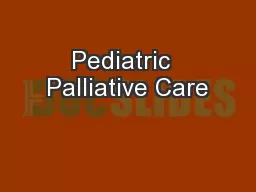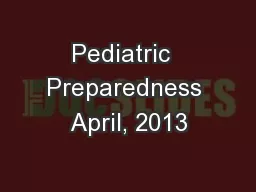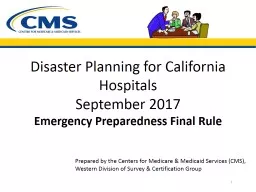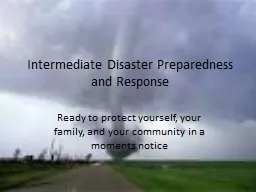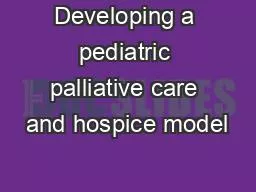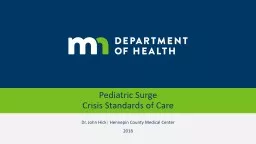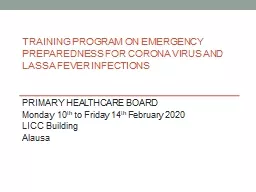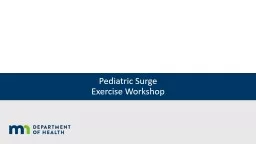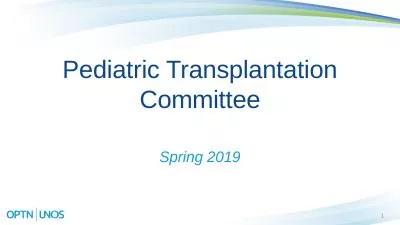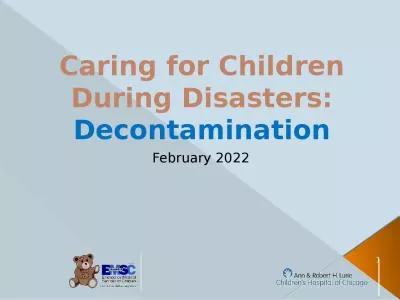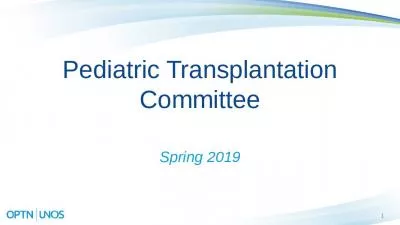PPT-Pediatric Care Requirements and Hospital Preparedness Progr
Author : test | Published Date : 2017-09-29
Cooperative Agreement AND CMS Emergency Preparedness Rules Related to Pediatric Care May 23 rd 2017 Teresa Ehnert ChiefBureau of Public Health Emergency Preparedness
Presentation Embed Code
Download Presentation
Download Presentation The PPT/PDF document "Pediatric Care Requirements and Hospital..." is the property of its rightful owner. Permission is granted to download and print the materials on this website for personal, non-commercial use only, and to display it on your personal computer provided you do not modify the materials and that you retain all copyright notices contained in the materials. By downloading content from our website, you accept the terms of this agreement.
Pediatric Care Requirements and Hospital Preparedness Progr: Transcript
Download Rules Of Document
"Pediatric Care Requirements and Hospital Preparedness Progr"The content belongs to its owner. You may download and print it for personal use, without modification, and keep all copyright notices. By downloading, you agree to these terms.
Related Documents

